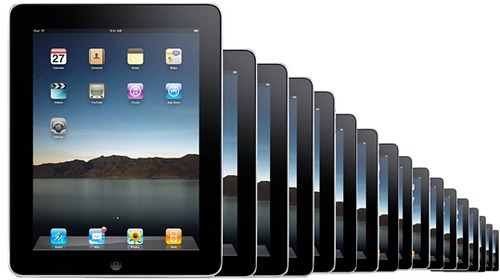How Apple Manages Its Supply Chain To Get A Competitive Advantage
gives an interesting view on Apple’s supply chain and how the company managed to streamline operations in it to get a competitive advantage. According to many interviews with executives at suppliers, former employees, management experts who familiar with the Apple’s operations, the company has created a closed ecosystem where it exercises full control over nearly every operation of the supply chain. Apple is known for its management of operations and much of this credit going to company’s CEO Tim Cook.
According to the Businessweek, Apple was able to maintain the lead in the competion mainly thanks to its ability to predict customers’ needs and to secure availability of necessary machines and suppliers by exercising their $81 billion cash fund.
For example, to ensure that new blue iMac will be easily available at Christmas in the late 90s, Steve Jobs bought up all available air freight space for $50 million at a time when most computer manufacturers shipped their products by more cheaper sea transport.
Similarly for iPad 2 and iPhone 4 releases, the company bought up so many machines and suppliers needed for assembly that its competitors, which needed the same resources, faced their shortage.
“The tactic ensures availability and low prices for Apple—and sometimes limits the options for everyone else. Before the release of the iPhone 4 in June 2010, rivals such as HTC couldn’t buy as many screens as they needed because manufacturers were busy filling Apple orders, according to a former manager at HTC”.
Apple’s control and efficiency extends into launch of one of its famed products. Prior to the announcement, factories work for weeks manufacturing millions of devices. To ensure efficiency and to avoid detection, Apple placed electronic monitors in part boxes. The consultant who worked with Apple said that at least once Apple shipped its devices in tomato boxes to discourage leaks. iPad 2 were packed in plain boxes and company’s employees monitored every shipping point to ensure that each device is accounted for.
In addition, after its product went on sale, the company can monitor the demand by the hour and by the store and make necessary adjustments in the supply chain.
Follow us on :

 Leave a comment
Leave a comment